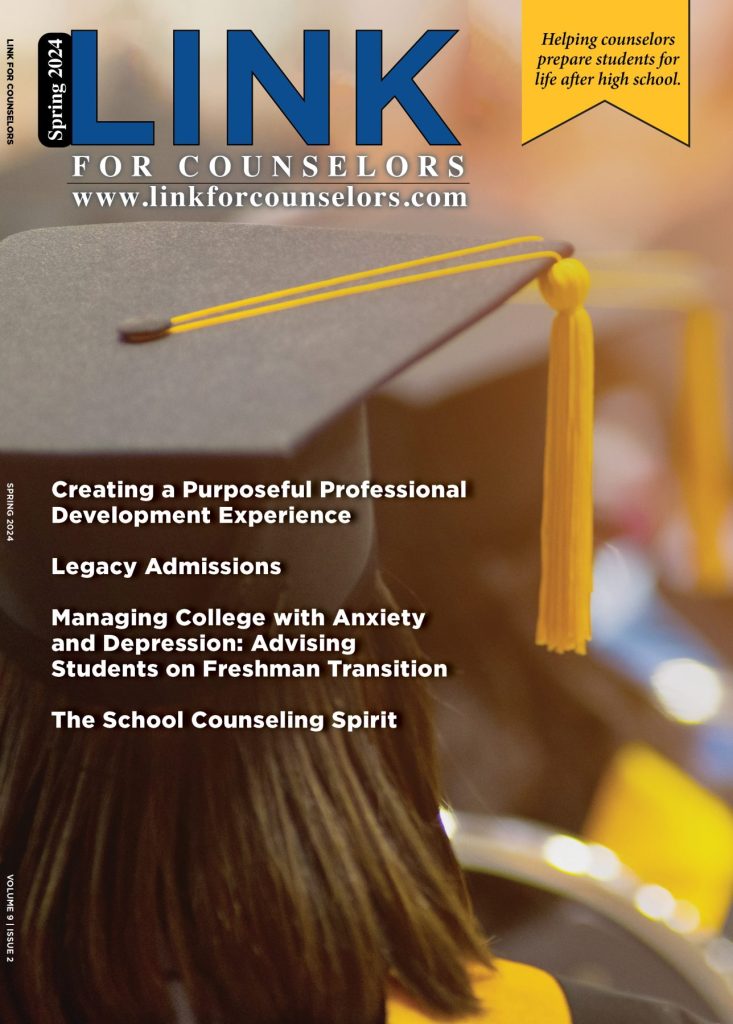Counselors Can Actively Engage a Diverse Range of Girls in Computing Science Learning Opportunities
Computing occupations are fast-growing and earn high entry-level salaries. Computing professionals work on the cutting edge of science and technology, are influential, work independently and creatively, and enjoy freedom relative to other fields–yet only 26% of them are women. Middle and high school girls are less likely to take elective computing classes, a trend that extends into college. Pre-college boys and girls have similar grades, scores, and course taking, but pursue different career interests because of confidence, belonging, and identity.
Counselors can use active recruitment techniques to encourage girls to take computing classes. The four ingredients of active recruitment are Interest, Confidence, Belonging, and Identity: ICBI.
Build interest in computing! Interest in an activity is influenced by one’s beliefs that they can be successful and that the outcome will be worth their time and energy. It’s important to connect to things that girls already care about and to show them that they can be successful. Describe computing as socially relevant, as solving many problems in the world, and as expressing creativity. Show interesting projects students have done in the class, like designing apps or creating artistic wearables. Computing professionals are highly collaborative and work in any industry.
“Scratch lets me show others that coding is important. Coding is your superpower and you can accomplish anything you put your mind to.” – Abby, age 7.
Build girls’ confidence! Girls often tacitly believe social stereotypes that women aren’t technical and that men are, which chips away at their confidence. As a result, they need explicit assurance that they will do well in computing classes. Celebrate the knowledge they already have to get started.
“School counselors play a critical role in students’ career development by … addressing both intentional and unintentional biases related to college and career counseling” – ASCA The School Counselor & Career Development
Build a sense of belonging! Ask girls if there is a friend or group that might take a class with her–like the girls’ softball team–to support a sense of community in the classroom. Suggest that teachers broaden appeal by showcasing posters of women leaders in computing and pictures of former female students. Teachers are vigilant about classroom conversations, the assignments they use, and shutting down any boys who make girls feel they don’t belong.
“I was discussing career options with my school counselor. She saw that I had been taking a lot of classes that utilized problem-solving skills, so she suggested I look into computer science (CS) as a career option. When I learned how CS could be a great creative outlet for me, I decided to pursue it in college.” – Calvin University Student Nikita S.
Build Identity! Hang posters on your walls or hallways showing interesting and valued contributions of women and minority computer scientists. Encourage girls to watch videos of successful computer scientists (who happen to be women). If girls express concern about there being only a few girls in the class, share diverse examples of examples of women’s progress in STEM: If/Then Collection, CSEdWeek.
Resources
Bridging the Encouragement Gap in Computing
There is consensus among researchers that encouragement matters and plays a critical role in engaging more young women and girls in computing. Here are some key highlights from published research studies, and follow-up tips on practicing encouragement.
NCWIT Tips: 8 Ways to Give Students More Effective Feedback Using a Growth Mindset
Effective feedback gives students information they actually use to increase their learning and improve their performance. It should employ a “growth mindset” that focuses on developing intelligence through effort, practice, and “wise feedback” that spurs additional effort.
Top 10 Ways Families Can Encourage Girls’ Interest in Computing
Technology is a fast-growing, high-paying, creative field. Here are 10 ways that you, as a family member, can encourage the girls in your life to study, and have a career in, computer science and related technology fields.
Top 10 Ways to Engage Underrepresented Students in Computing
These tips will help you to engage students in your computing courses and retain them in the major. These ideas and examples are drawn from theory and research conducted by social scientists who study issues related to diversity and retention in computing. Methods range from encouraging words to inclusive classroom environments.
Top 10 Ways of Recruiting High School Women into Your Computing Classes
Recruiting diverse students to computing requires that you spark their interest, build their confidence they can succeed, create a community where they feel like they belong, and help them see themselves as a “computing person.” This Top 10 list offers practices that help you recruit high school girls to your computing courses.
Virtual Classroom Décor for Computer Science and Tech Educators
Inspired by teachers creating Bitmoji virtual classrooms, NCWIT has assembled a set of interactive elements to help teachers make all students feel welcome and to maintain and enhance their interest in computing. By adding the elements to their own virtual classrooms, teachers can maintain a positive classroom climate, show students “possible selves” in computing, maintain student interest, and show them career and other opportunities (including NCWIT opportunities, of course).
Learning About Intersectionality: Videos That Spark Discussion
Use this slide deck, with its short videos (~3 min) and discussion questions, to learn about the complexity of gender, the concept of intersectionality, and how to have productive discussions about race.
Schools across the country and around the world are working to increase access to quality CS education. But while CS classes and opportunities are expanding, too many students — especially girls, Black, Latino and Native American youth — feel like it’s not for them. As a result, the whole world misses out on the diverse perspectives needed to fuel innovation and drive change. The insights and tools in this kit will help ensure all young people understand the value of a CS education and feel welcomed and empowered to succeed
Click here to view the accompanying PowerPoint deck.
This workbook will help educators and influencers understand the research-based reasons why a diverse range of girls are less likely to take computing courses in high school. High school teachers are provided with actionable recommendations for creating recruiting and outreach interventions that work.
By Lecia Barker, Ph.D. University of Colorado Boulder Associate Professor and Angela Cleveland, MS Ed, M. Ed, MA, NCWIT Counselors for Computing Program Director
This article was originally published in WSCAlink




